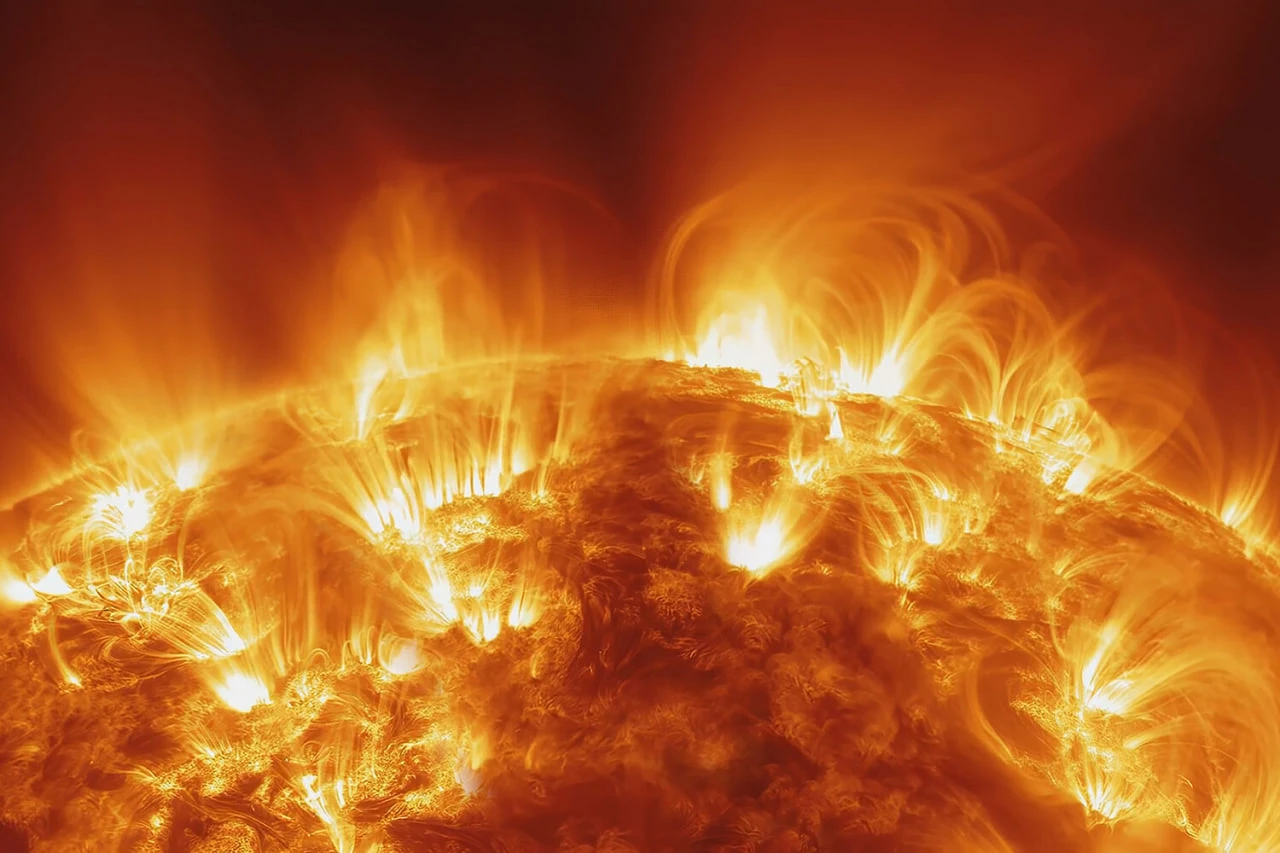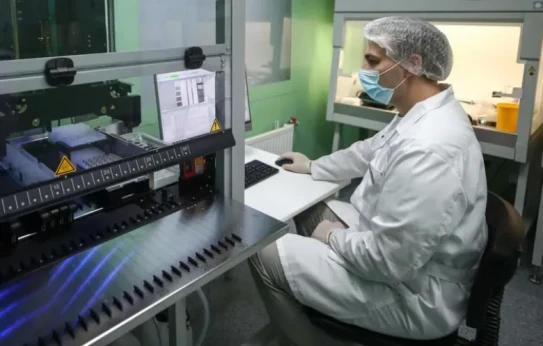The idea of cooling the Earth by reflecting sunlight through artificial aerosols has gradually turned from science fiction into a subject of serious discussion. A technique known as stratospheric aerosol injection (SAI) is now being actively discussed as a temporary solution to global warming. However, Columbia University researchers cautioned that the technology's proponents are underestimating its risks and technical challenges. The study was published in the journal Scientific Reports (SR).
Scientists collected and analyzed dozens of studies on the effects of aerosols on climate and found that the effectiveness and impact of SAI depends not only on the number of particles emitted, but also on location, season and even latitude.
According to the researchers, aerosol injection in the polar regions can disrupt the tropical monsoons, and in the equatorial zone, it can change the structure of jet streams that affect the distribution of global heat.
"It's not just about injecting five billion kilograms of sulfur into the atmosphere, it's about where and when to do it," McNeill emphasized.
Scientists note that the SAI concept itself is based on observations of volcanic eruptions. After the eruption of Mount Pinatubo in 1991, the Earth's average temperature did drop by almost one degree, but this was accompanied by disruption of the monsoons and depletion of the ozone layer.
Attempts to find safer alternatives to sulfate aerosols have led researchers to the idea of using mineral particles such as calcium, aluminum, titanium, or even synthetic crystals. However, as it turns out, none of these options solves the problem.
“Many materials simply cannot be produced at the necessary scale. For example, a diamond is physically scarce. Other materials, such as zirconium or titanium dioxide, may be too expensive for mass use," explained lead author Miranda Hack, an aerosol specialist at Columbia University.
Added to this are geopolitical and economic risks. Scientists noted that if individual countries or private organizations try to implement SAI, the consequences can be global and irreversible.
According to the researchers, before considering stratospheric dissipation as a means of combating global warming, it is necessary to frankly admit that the price of failure could be too high, even leading to climate chaos.
Translation:Euromedia24.com-in:

























